The Seal of Cotton
Since 1973, the Seal of Cotton trademark has stood as an iconic symbol around the world, enabling consumers to easily identify products made with cotton.
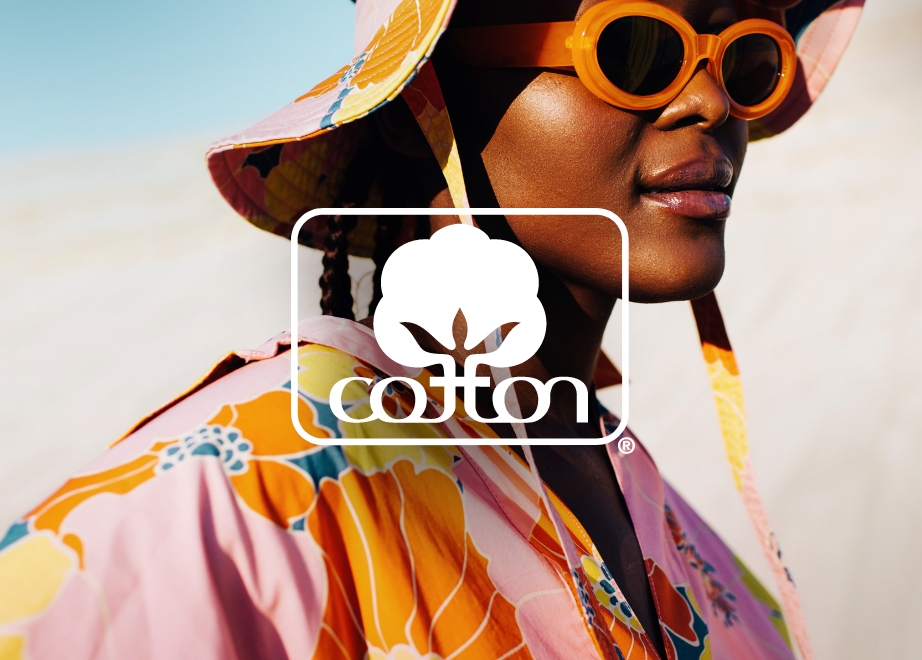
Consumers Know The Seal
Building brand affinity with consumers through trust is essential to overcome the noise and stand out. And that’s where the Seal of Cotton trademark comes in.
For consumers, the Seal of Cotton trademark is an emblem of credibility and trust. In fact, 79% of consumers find brands using the Seal of Cotton trademark to be trustworthy.1 Because of the quality, comfort, and sustainability attributes of cotton, consumers actively seek it, with 75% saying it’s their favorite fabric to wear.2 The Seal of Cotton trademark is recognizable assurance for consumers that are considering a purchase — and this makes it a powerful brand marketing tool.
From garment tags and packaging to window displays, digital applications, point-of-sale assets, and beyond, the Seal of Cotton co-branding and marketing opportunities are endless. With dedicated expert account support, leveraging them for your brand couldn’t be easier.
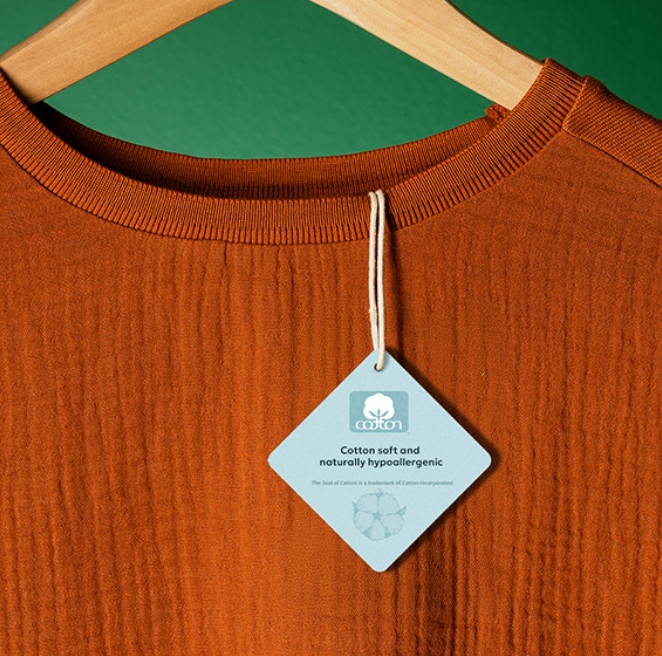
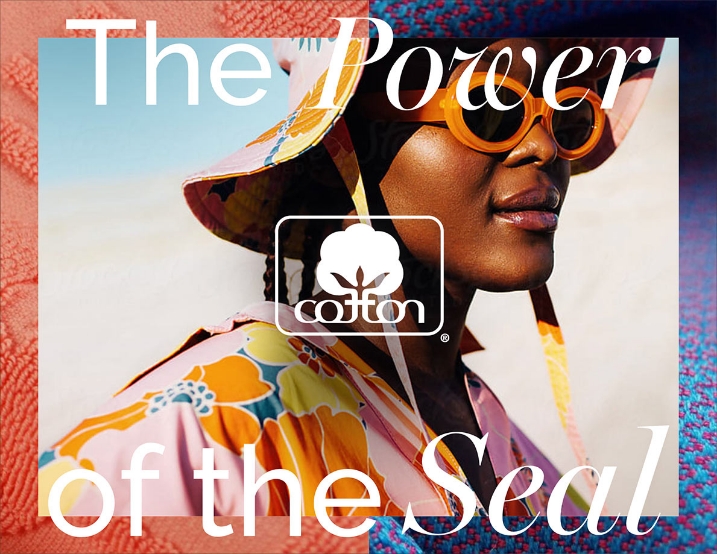
The Power of the Seal Lookbook
Download our Lookbook to see how the Seal of Cotton trademark could enhance your products and improve consumer perception.
DOWNLOAD NOWLicensing The Seal for Nonwovens
Download our guide for licensing for nonwovens to see how the Seal of Cotton could enhance your products and improve consumer perception.
DOWNLOAD NOW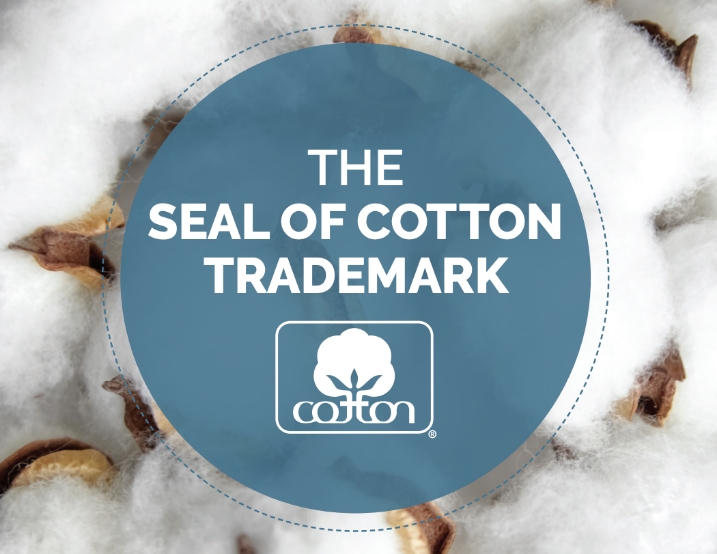
Requirements to Use the Seal of Cotton Trademark
Authorization Required: Before using the Seal of Cotton trademark, you must obtain a license from Cotton Incorporated. The following chart illustrates the percent of cotton required for various product categories.

100%
Home Products & Nonwovens

90%
Apparel Wovens & Knits, Yarns, and Fabrics

80%
Knit Fleece & Bras

75%
Socks & Hosiery
Your Brand’s Cotton Story Begins with a Single Step
Nothing beats the softness and comfort of cotton. To ensure consumers recognize your products as the authentic, natural material they love and trust, be sure you’re using the Seal of Cotton trademark. Learn how below.
- Contact Your Executive Account ManagerTo begin the licensing process, please reach out to your Cotton Incorporated executive account manager. They will guide you through the necessary steps and provide access to the product information form.
- Complete the Product Information Sheet and Submit a SampleOnce connected, you will submit a Product Information Sheet to provide details about your product, including the cotton content and material composition. A product sample will also be required for evaluation.
- Review and Licensing AgreementIf your product qualifies for the Seal of Cotton trademark, you will receive a licensing agreement to review, sign, and return. Cotton Incorporated will then finalize the agreement and provide you with an executed copy.
- Receive Trademark Artwork and Marketing AssetsOnce approved, you’ll gain access to the official Seal of Cotton trademark artwork and marketing assets that can be used on your approved products, webpages, social media, and promotional materials.
- Submit Artwork for Final ApprovalBefore going to market, all materials using the Seal of Cotton trademark must be reviewed and approved by Cotton Incorporated to ensure proper usage. Once approved, you are ready to integrate The Seal into your branding.
For more information to start the licensing process, contact your Cotton Incorporated executive account manager today. Not sure who your executive manager is? Reach out and we’ll connect you.
Trusted by Leading Brands
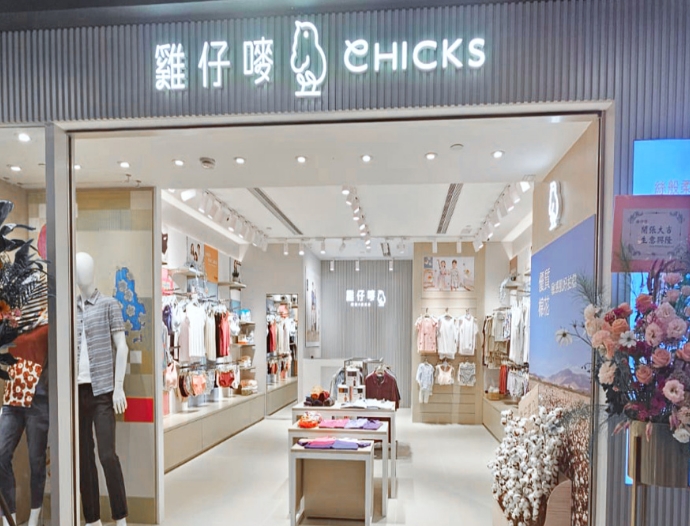
We have been using the Seal of Cotton trademark for 15+ years. It signifies how our brand cares about quality and the environment. More importantly, it positions us from a local brand to a brand with international vision. We use this trademark in all our cotton collection packaging which helps us differentiate from other competitors and gain trust from consumers.
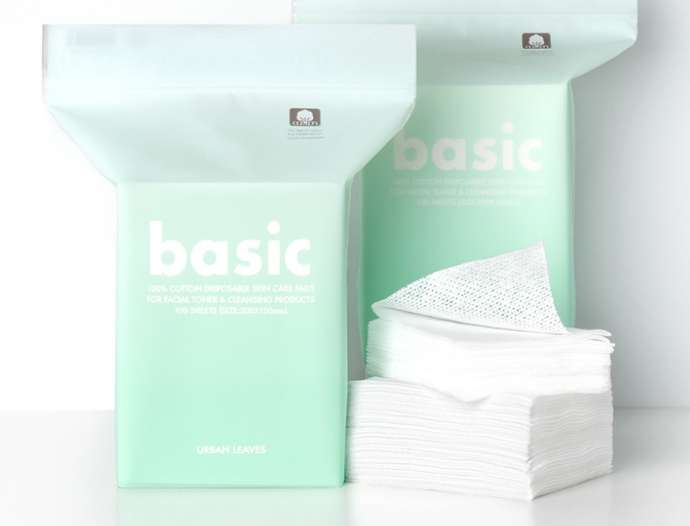
With the high level of interest in ‘eco-friendly’ in Korean beauty, the Seal of Cotton trademark has been well-received by customers. It has been a great marketing resource among a variety of licenses.
Weaving Your Cotton Story
The Seal of Cotton trademark can be used in a wide range of communications: packaging, window displays, point-of-sale displays, interactive digital experiences, and beyond, helping you tell your unique cotton story, from design concept to product execution.
Elevate Your Brand Storytelling
Licensing the Seal of Cotton trademark is a great first step to telling the cotton story. However, support from CottonWorksTM doesn’t stop there. CottonWorksTM can empower brands and retailers to tell a compelling cotton story with resources on sustainability, comfort, circularity, and so much more. We offer webinars from industry experts, in-person workshops, and an entire library of information from cotton seed to a product’s end of life and everything in between so brands can effectively build its benefits into their brand storytelling.
The Power of the Seal
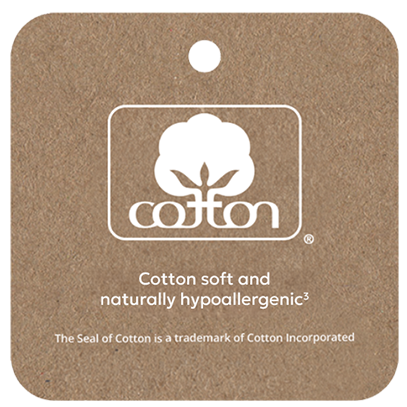

Leverage The Seal
With the Seal of Cotton trademark, your brand becomes part of a legacy that has resonated with consumers over 50 years. Experience how The Seal helps you tell a cotton story that consumers recognize and trust.
Not sure? Connect with an Account Manager for more guidance.